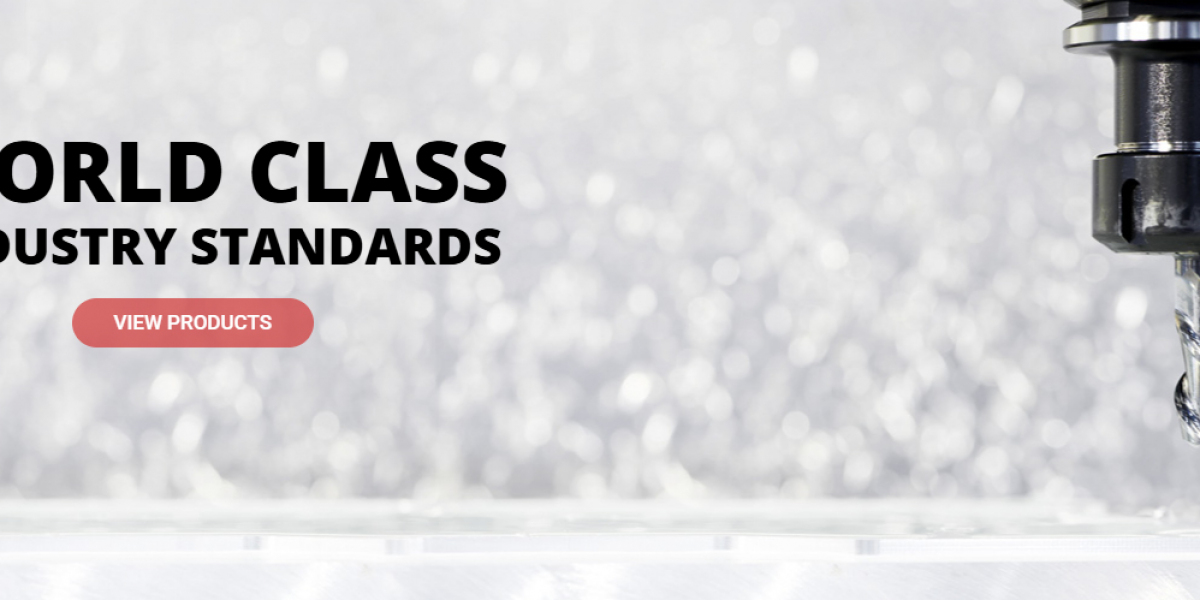Electric Vehicle Motor Market Trends
Key Electric Vehicle Motor Market Trends include the development of lightweight materials, integration of advanced cooling systems, and the adoption of smart motor technologies. These innovations aim to enhance motor performance, extend vehicle range, and reduce manufacturing costs.
The world of electric vehicle motors is a hotbed of innovation. The first generation of EV motors proved the viability of electric propulsion, but the next generation is focused on pushing the boundaries of performance, efficiency, and sustainability. As we survey the landscape in late 2025, the key trends in the EV motor market are all about making them smaller, faster, more integrated, and less dependent on problematic materials. For engineers and automakers, these trends are the roadmap to creating the superior electric drivetrains of the future. Here are the four most important trends shaping the EV motor market.
1. The Push for Higher Rotational Speeds
The first major trend is the race to make motors spin faster. Early EV motors might have spun at 8,000-12,000 RPM. The new benchmark for high-performance motors is now exceeding 20,000 RPM.
Why it Matters: A motor that can spin faster can produce more power from a smaller and lighter package. This is a concept known as power density. Higher power density means the motor can be more compact, saving precious weight and space in the vehicle, which can be used for a larger battery or more cabin room. To handle these incredible speeds, engineers are developing advanced bearings, more robust rotors, and sophisticated cooling systems.
2. The Age of Integration: The Rise of the "E-Axle"
The second, and perhaps most dominant, trend is integration. Automakers and suppliers are moving away from having separate components and are instead combining the motor, the power electronics (the inverter), and the gearbox into a single, compact, pre-validated unit.
This is known as an "e-axle" or "e-drive unit." By integrating these three core components, manufacturers can optimize their performance and cooling to work together perfectly. It also simplifies the vehicle assembly process for the automaker, as they can now install one single unit instead of three separate ones. This trend is leading to more efficient, cost-effective, and compact powertrain designs.
3. The Quest to Ditch Rare-Earth Magnets
Permanent magnet motors (PMSM) are highly efficient, but they rely on powerful rare-earth magnets, primarily neodymium and dysprosium. The mining and processing of these materials are geographically concentrated and have significant environmental and cost volatility concerns. This has sparked a major industry trend to reduce or completely eliminate the use of these materials.
The Solutions: Automakers are pursuing several paths. Some are developing advanced AC Induction Motors. Others are investing in magnet-free technologies like Switched Reluctance Motors (SRMs). Still others, like BMW, are pioneering Externally Excited Synchronous Motors (EESMs), which use an electromagnet on the rotor instead of a permanent magnet. This is a critical trend for the long-term sustainability of the EV industry.
4. The Emergence of Axial Flux Motors
For decades, almost all automotive motors have been radial flux motors, where the magnetic field travels radially from the stator to the rotor. A new, disruptive trend for high-performance applications is the axial flux motor.
How it's Different: In an axial flux motor, the magnetic flux travels parallel to the axis of rotation. The rotor and stator are shaped like flat discs.
The Benefit: This "pancake" design can produce significantly more torque from a much shorter and lighter package compared to a traditional radial flux motor. While still a niche technology in 2025, it is a major trend for supercars, electric aviation, and other applications where extreme power density is the primary goal.
Frequently Asked Questions (FAQ)
Q1: What is the biggest trend in EV motors right now? A1: The most dominant trend is integration. Manufacturers are combining the motor, inverter, and gearbox into a single, compact "e-axle" or "e-drive" unit. This simplifies manufacturing and allows for better system-level performance optimization.
Q2: Why are companies trying to remove rare-earth magnets from motors? A2: The mining and supply chain for rare-earth materials are concentrated in a few countries, leading to significant price volatility and geopolitical supply risks. There are also environmental concerns associated with their extraction. This is driving a search for alternative motor technologies.
Q3: What is an axial flux motor? A3: It's a type of motor with a flat, "pancake" or disc-like shape where the magnetic field travels parallel to the axis of rotation. This design can offer very high torque and power density, making it a promising trend for high-performance applications.
These trends are pushing EV motor technology into an exciting new era. The motors of the near future will be faster, smaller, more integrated, and more sustainable than ever before, forming the technological bedrock of the next generation of electric vehicles.
More Related Report
Automotive Automatic Transmission System Market Size
Automotive Low Emission Vehicle Market Size














